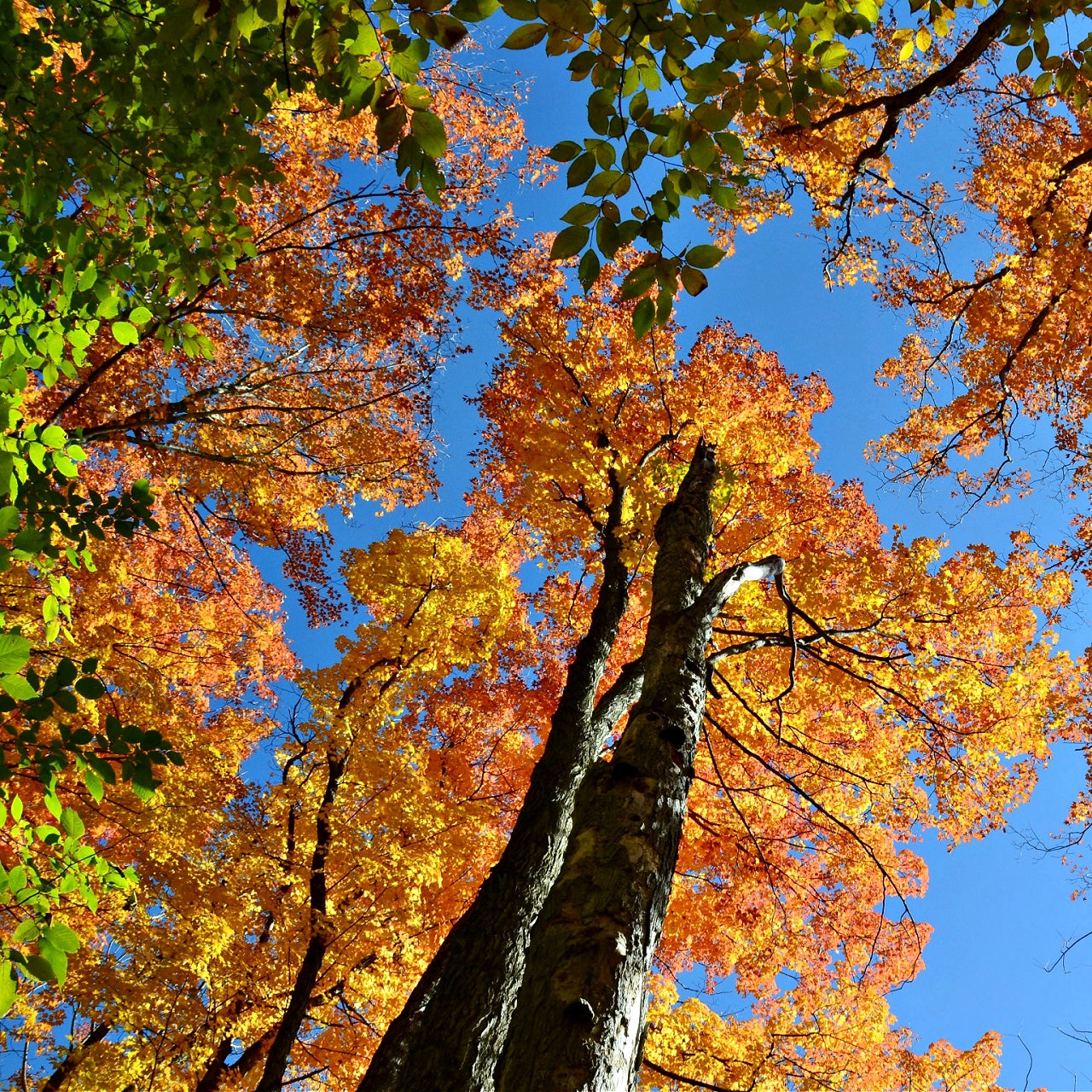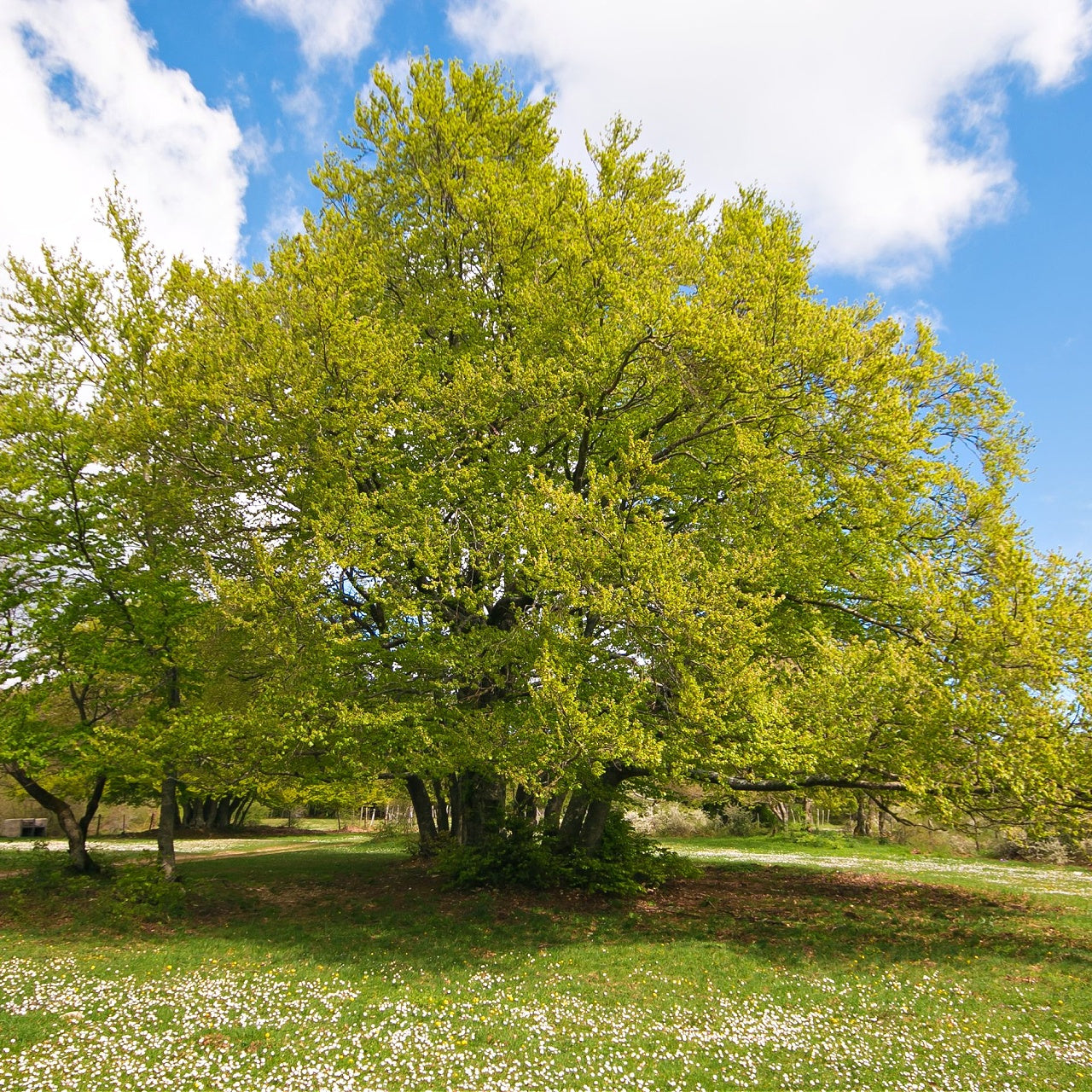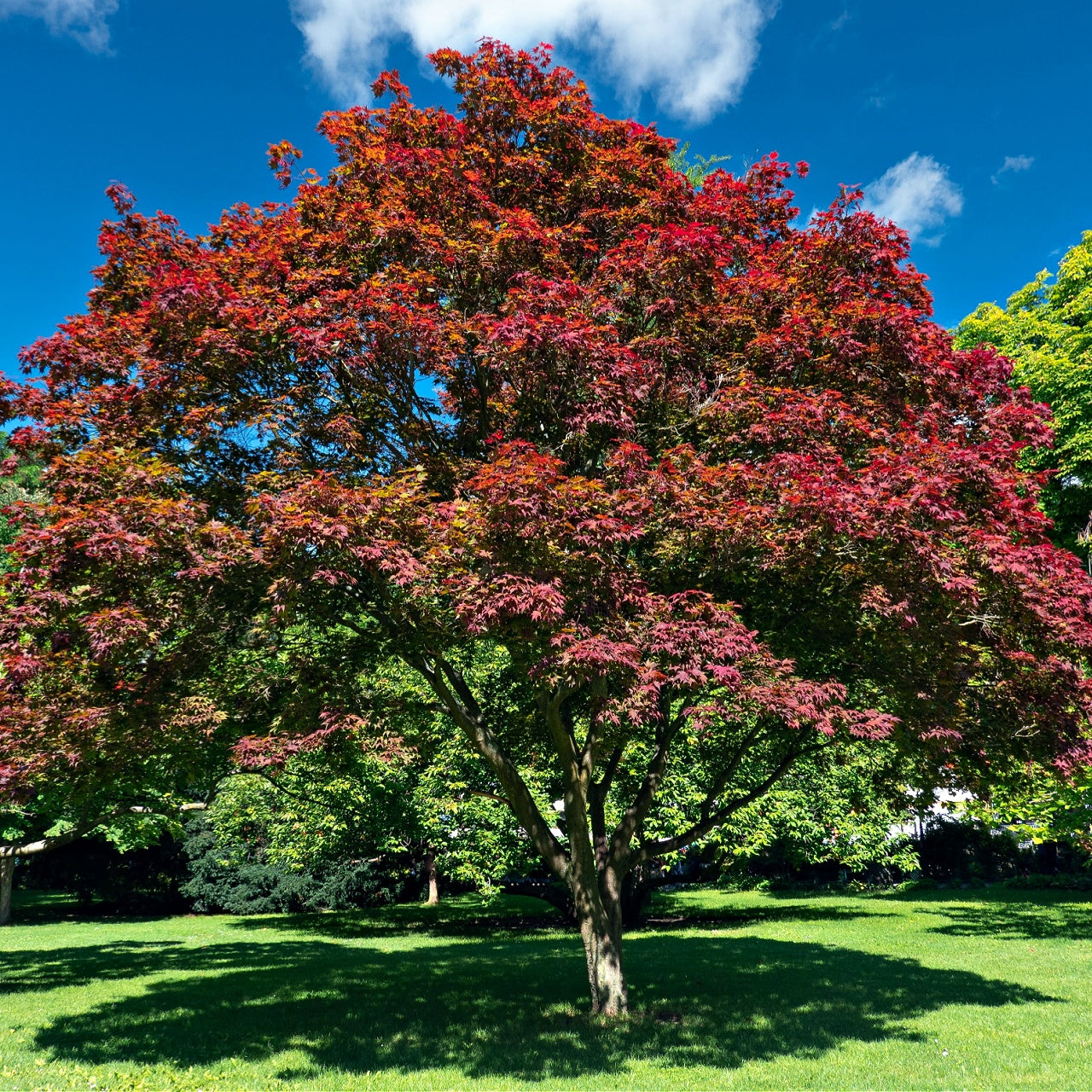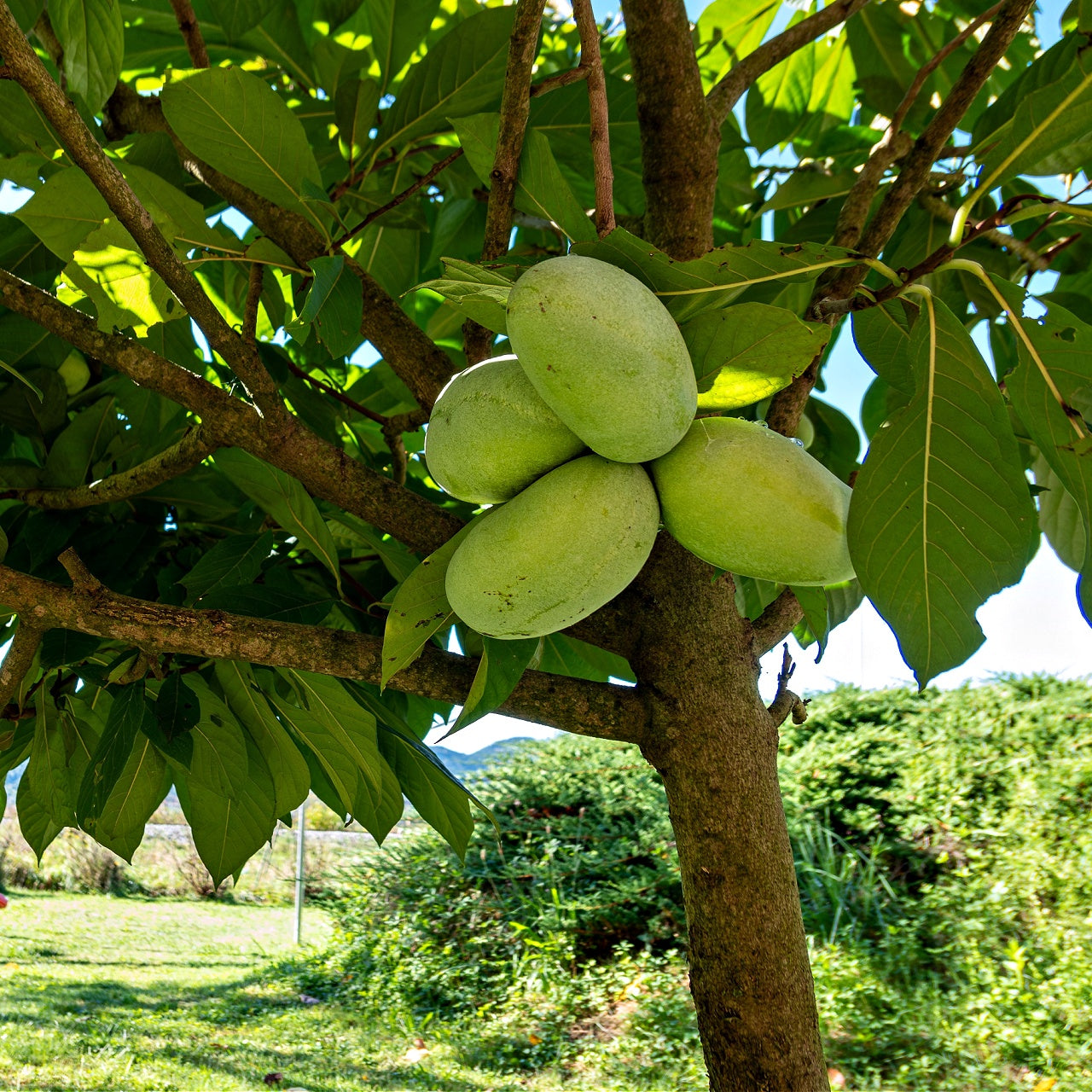
The Beauty and Benefits of a Stained Glass Greenhouse
The Beauty and Benefits of a Stained Glass Greenhouse
A stained glass greenhouse provides aesthetic appeal and functional benefits
The stained glass greenhouse offers a beautiful blend of artistic design and practical use by creating a magical space for native plant cultivation while enhancing any landscape with enduring sophistication. A stained glass greenhouse modifies sunlight into colorful patterns, which delivers an unprecedented gardening experience by marrying creative design with sustainable practices. A stained glass greenhouse delivers both practical benefits and aesthetic appeal whether you practice gardening passionately or appreciate beautiful works of art and wish to grow native plants creatively.
Native plants succeed when growing conditions replicate their natural habitats, and greenhouses facilitate the precise management of temperature, humidity, and seasonal variation. A stained glass greenhouse creates various microclimates with its filtered light, which makes it perfect for growing delicate species that have difficulty surviving unpredictable outdoor weather. Natural sunlight combined with colored glass creates vibrant growing conditions that support native plant growth while preserving their environmental advantages.
How a Stained Glass Greenhouse Supports Native Plant Growth
Customized stained glass greenhouses create ideal conditions for native plant growth, which helps maintain local biodiversity and garden aesthetics. Native plants that evolve under particular climate conditions demand a proper combination of light exposure, moisture levels, and air movement to grow successfully. Stained glass greenhouses protect plants from intense sunlight by softly dispersing light to prevent overheating and deliver adequate warmth for plant growth.
Indirect light helps native plants grow correctly, and the arrangement of colored glass panels creates various light conditions that meet the requirements of different species. The Virginia bluebell and trillium plants prosper under dappled lighting, making them ideal for cultivating in a stained glass greenhouse. Gardeners can cultivate moisture-loving species such as cardinal flower (Lobelia cardinalis) and swamp milkweed (Asclepias incarnata) through proper humidity control. This technique keeps their roots hydrated and prevents root rot from developing.
The advantage of a stained glass greenhouse includes temperature control because the colored panels help distribute heat evenly. Traditional glasshouses suffer from extreme heat concentration, but stained glass produces a more balanced temperature distribution. Maintaining cooler conditions inside the greenhouse facilitates cultivating temperature-sensitive native species like bloodroot (Sanguinaria canadensis) and wild ginger (Asarum canadense). The greenhouse maintains warmth during winter to extend plant growth periods and enable continuous cultivation of native species, which usually face difficulties during harsh winter weather.
A stained glass greenhouse goes beyond its practical role to deliver an extraordinary visual spectacle. The interior receives soft-colored illumination from sunlight passing through the panels, creating a serene atmosphere that enhances the plants' beauty. Gardening transforms into a meditative practice through the dynamic interaction of shadows and colors, turning a greenhouse into a functional area and a place for relaxation and creative inspiration.
Choosing the Right Native Plants for a Stained Glass Greenhouse
The selection of native plants for a stained glass greenhouse demands understanding its growing conditions. The design of glass panels determines how much light enters the space, so selecting plant species that do well under these specific lighting conditions becomes crucial. Species that thrive in shaded or semi-shaded conditions will grow well in this environment, but full-sun plants require placement near transparent glass panels to receive adequate light.
The Christmas fern (Polystichum acrostichoides) and the maidenhair fern (Adiantum pedatum) represent shade-loving native plants that grow exceptionally well in the filtered light conditions created by a stained glass greenhouse. The fragile fronds of these plants form a lush green mat that stands out against the vivid colors of the glass panels. Wild columbine's delicate red and yellow flowers (Aquilegia canadensis) flourish in dappled light conditions while their vibrant colors enhance the stained glass artistry.
Greenhouse humidity control creates ideal conditions for moisture-loving plants to thrive. The controlled environment of the glasshouse enables better cultivation of Jack-in-the-pulpit (Arisaema triphyllum) due to its superior moisture retention capabilities. Similarly, native violets (Viola spp.) Foamflower (Tiarella cordifolia), together with native violets, forms an appealing ground cover that thrives under the cool and moist atmosphere of the glasshouse.
A stained glass greenhouse provides a protected environment for native plants that supply nectar, attracting bees, butterflies, and hummingbirds for pollinator support. The plants bee balm (Monarda fistulosa), New England aster (Symphyotrichum novae-angliae), and blazing star (Liatris spicata) supply nourishment to pollinators. At the same time, they create vertical interest and seasonal blooms that boost the greenhouse's visual appeal. The planting design gains additional depth by including native grasses, like little bluestem, and switchgrass (Panicum virgatum), which provide texture and movement.
Gardeners who select native plants suitable for the stained glass greenhouse environment create spaces that benefit ecosystems while inspiring artistic expression. By cultivating woodland wildflowers, wetland species, or pollinator-friendly blooms with native plants in stained glass light, a unique gardening experience emerges.
A stained-glass greenhouse functions as a living work of art, supporting plant growth and enriching the gardener's spirit. Gardeners who merge native plant beauty with stained-glass aesthetics establish remarkable gardens that support biodiversity while enhancing landscapes and offering peaceful retreats full of vibrant colors and inspiring life.
Products from the Article

Blazing Star Plant








